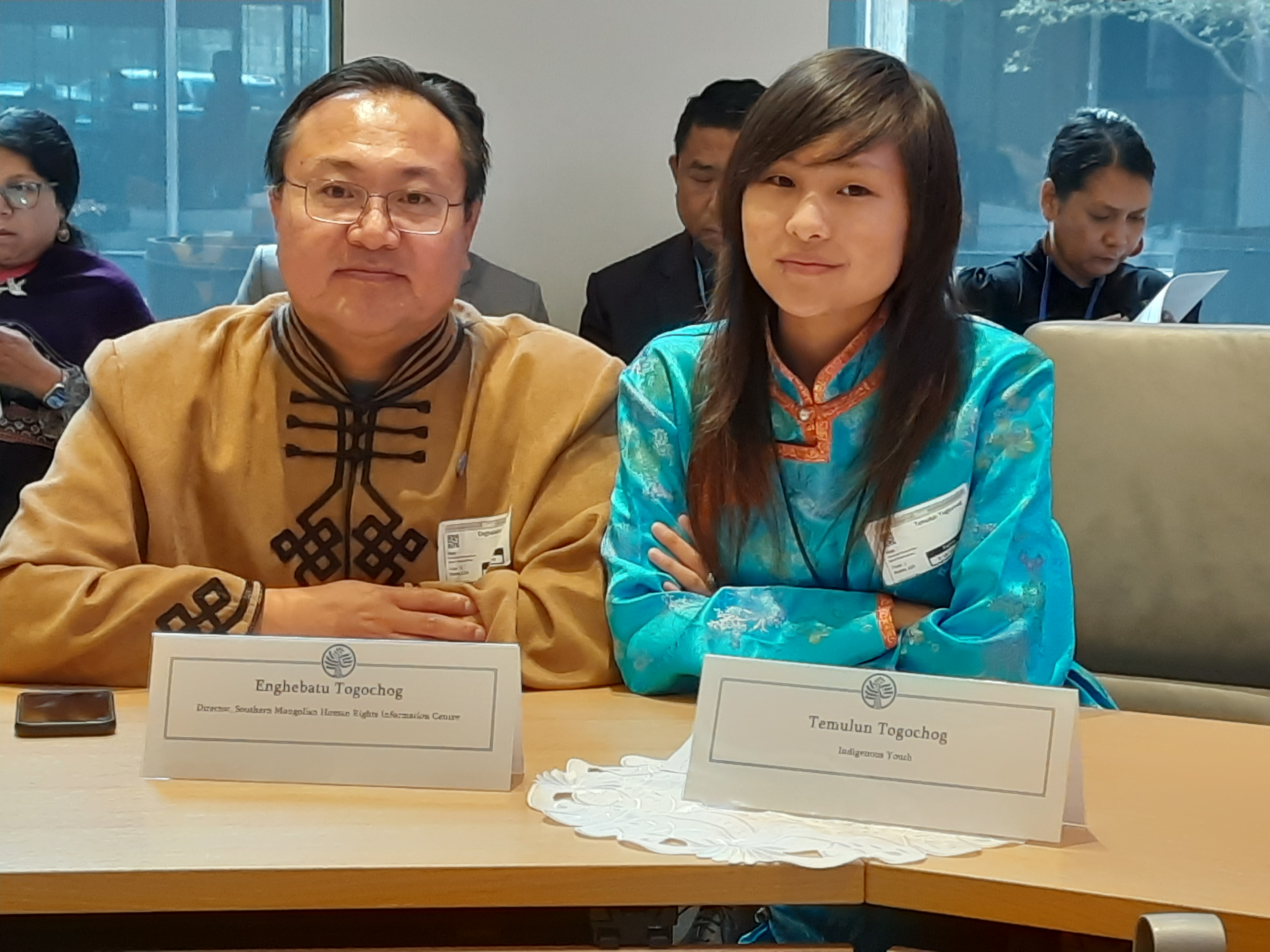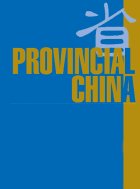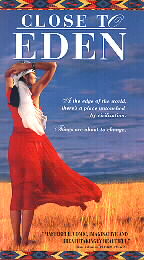| SMHRIC |
| September 18, 2024 |
| New York |
|
|
|
|
Southern Mongolian representatives, Enghebatu Togochog and his daughter Temulun Togochog, at the UN Member States Briefing during the UN General Assembly (SMHRIC - 20240918) |
The following is a statement made by Enghebatu Togochog, Director of the Southern Mongolian Human Rights Information Center, at a briefing of the United Nations members states during the 79th United Nations General Assembly held on September 18, 2024. The briefing was organized by the United States Institute of Peace (USIP). Two representatives, Mr. Enghebatu Togochog and Ms. Temulun Togochog, were invited to the briefing to speak on the conditions of Southern Mongolia and the role of indigenous youths in peace building.
Sain baitsagaanuu, good afternoon, ladies and gentlemen,
First of all, I would like to thank Bina and the USIP for organizing this very timely briefing and inviting me and my daughter Temulun Togochog.
My name is Enghebatu Togochog. I am from Southern Mongolia, also known as “Inner Mongolia”. Up until 1949, Southern Mongolia was an independent country that had its own territory, political system and military. In 1949, the People’s Republic of China officially annexed Southern Mongolia and called it its first so-called “Nationality Minority Autonomous Region”.
What happened since then is a systematic destruction of Mongolian political system, culture, tradition, and language. A series of genocide and ethnic cleansing policies were implemented by the Chinese Government in Southern Mongolia. For example, in the 1960 through the 1970s, the Chinese government carried out a genocide campaign to try to physically wipe out the Mongolian population from Southern Mongolia. More than 100,000 Mongolians were tortured to death and a half million persecuted. At that time Mongolian population in Southern Mongolia was about 1.5 million, which means one third of the total population is impacted by this large scale genocide campaign.
Starting early 2000, the Chinese government launched another campaign to wipe out Mongolian traditional nomadic way of life. Two sets of policies were adopted: one is the so-called “Ecological Migration” and the other is “Total Ban of Livestock Grazing”. Under these policies, Mongolian traditional way of life is completely banned and Mongolian herders who grazed their livestock on their own land are considered criminals, and arrested, detained and imprisoned.
What is happening in Southern Mongolia today is another form of genocide, cultural genocide. Starting last September, Government of China has completely banned Mongolian language in all schools across the region. Anything with Mongolian characteristics are removed from buildings, streets and parks. Those who protest these policies are criminalized and imprisoned.
As you all know, China is a signatory to the UN Declaration on the Rights of Indigenous Peoples. But the Government of China publicly claimed that China does not have indigenous people and indigenous issues, because “indigenous issues are a product of Western Colonization only”, claiming that “there is no Western Colonization in China today. Therefore there is no indigenous issues”. This is how China issues free pass to herself and continues to carry out all forms of human rights violations, not only in Southern Mongolia, but also in other occupied nations including Tibet and East Turkistan.
I urge the international community especially democratic nations to hold China accountable for its horrendous crimes and atrocities perpetrated in the occupied nations of Southern Mongolia, Tibet and East Turkistan in front of the eyes of the international community.
Thank you.






 Beyond
Great Walls: Environment, Identity, and Development on the Chinese
Grasslands of Inner Mongolia
Beyond
Great Walls: Environment, Identity, and Development on the Chinese
Grasslands of Inner Mongolia China's
Pastoral Region: Sheep and Wool, Minority Nationalities, Rangeland
Degradation and Sustainable Development
China's
Pastoral Region: Sheep and Wool, Minority Nationalities, Rangeland
Degradation and Sustainable Development The
Ordos Plateau of China: An Endangered Environment (Unu Studies on
Critical Environmental Regions)
The
Ordos Plateau of China: An Endangered Environment (Unu Studies on
Critical Environmental Regions)